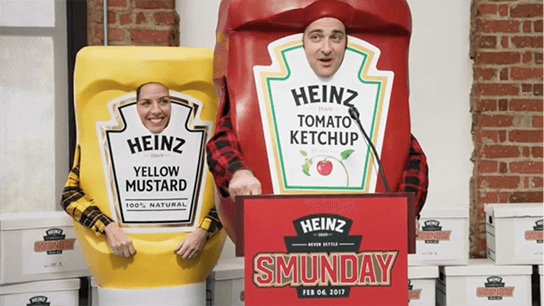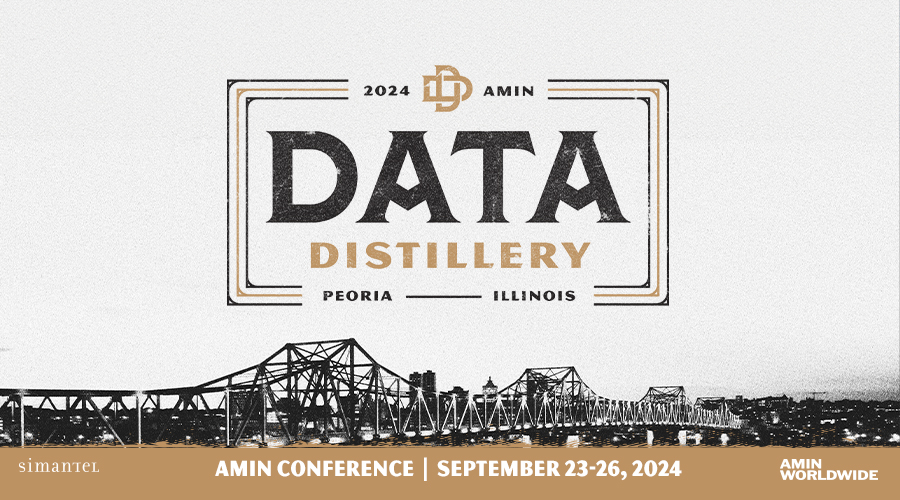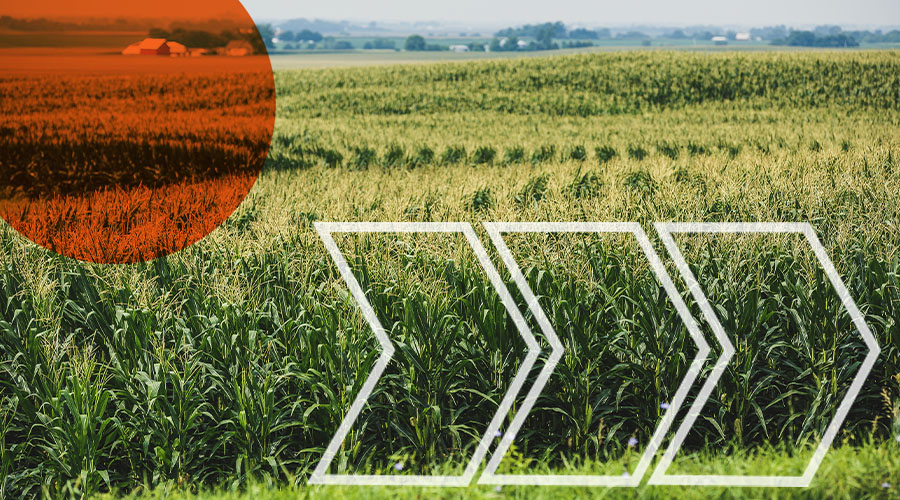Although the Falcons took an early lead, the Patriots came out as the victors of Super Bowl 51. And while this was the first Super Bowl in history to go into overtime, the real smack down was happening off the field as advertisers were taking up our second screens and logging onto Twitter.
When Snickers attempted to air a live commercial during the game, Skittles took to the social media site with criticism.
.@SNICKERS it’s okay, you still had a good try! I’ll throw some Skittles at your window for you! #TasteTheRainbow
— SKITTLES (@Skittles) February 6, 2017
But Skittles wasn’t the only one. Knowing the brand was live tweeting, Mr. Clean got in on the fun and tried to cross promote to Skittles’ audience tweeting, “but who’s gonna clean up?” In fact, Mr. Clean trolled just about everyone from GoDaddy to Honda. You can read more of his antics in USA Today’s article.
.@skittles Funny ad, but who's gonna clean up after all the Skittles they missed? #MrClean #SB51
— Mr. Clean (@RealMrClean) February 5, 2017
The brands that spent $5 million for a 30-second spot and had their social media managers on hand gained a lot of playtime. But it was the brands that didn’t even purchase a spot that stood out to me this year.
Here are three brands with a new game plan to gain social buzz, even though they didn’t pony up the big bucks for a commercial.
Kraft Heinz Petitions for “Smunday”
A week before the big game Heinz hit the headlines with their decision to not purchase a Super Bowl ad this year. The global company decided to save the $5 million and rather, give U.S. employees the following Monday off work, dubbing it Smunday.
This play for company culture, also paid off on the PR front. The brand started a petition for Smunday to be named a national holiday and even made a two-minute video about it. If the petition receives 100 thousand signatures, they have vowed to submit it to Congress.
And this experimental stunt seemed to work. The video received more than 600 thousand views on YouTube, the hashtag was trending on Twitter and the topic was covered by just about every news outlet.
Let Go My Eggo
What first appeared to be a vintage Eggo commercial from 1980, was quickly interrupted by the preview of season two for the Netflix original series, Stranger Things. Man, did Eggo luck out with being written in as a favorite food for the show’s most popular character. Their six seconds of free air time account for $1 million worth of advertising time.
Stranger Things and Eggo are starting to become close friends online, and people are noticing.
TFW your commercial gets interrupted, but it’s @Stranger_Things so you’re not even mad. #StrangerThings pic.twitter.com/jPD84aMxPk
— Eggo (@eggo) February 6, 2017
And since the spot, there has been 17,800 tweets about Eggo, according to Ad Age. Not too bad for a brand that didn’t even pay for an ad during the game.
Where Was Doritos?
For the first time in 10 years, Frito-Lay decided not to run a Doritos ad during the Superbowl, simply because it “did not fit with our marketing plans.” Parent company, PepsiCo, continued to play a role in the big game, but many users on Twitter expressed their heartache for the snack’s absence. The Clydesdales and Mountain Dew were also missing, but it was #Doritos that started trending on Twitter. In a world where user generated content is unavoidable, brands can cause a stir even when they do nothing.
https://twitter.com/katchrose88/status/828773784857423872
A decade ago, “Crash the Superbowl” launched, giving consumers (not professional filmmakers) the opportunity to create a Doritos commercial for the Superbowl. It was new, different and risky. But brands beware, do not get comfortable. Doritos continues to look for ways to push the envelopment, but it hasn’t been reported yet if they will join the game next year or sit on the sidelines again.
2-Minute Warning
When it comes to crunch time, brands need to be prepared. It’s important to run a multi-channel campaign, but make sure to put the proper digital support in place. No one learned this lesson better than 84 Lumber, who asked people to go to their website during their Super Bowl commercial, only for it to crash moments later.
Aaaaand the 84 Lumber #SuperBowl site is down. Guess it worked! pic.twitter.com/Z3ey56lbn8
— ADWEEK (@Adweek) February 6, 2017
Because of the rise in cost (doubling since 2010) and the growth of social media, advertising during the big game is risky. But there are more opportunities to get in front of the Super Bowl audience. According to Accenture, 87 percent of consumers use a second screen while watching TV.
Some brands are skipping the commercial altogether and going straight for a live digital marketing campaign. This isn’t a new concept either. Last year, I wrote a blog about this exact topic, but brands were focusing hard on Snapchat. This year, a lot of the buzz lived on Twitter.
And it paid off. Just ask Heinz, Doritos or Eggo. Who will be the winners next year? And what playing field will it be on?





